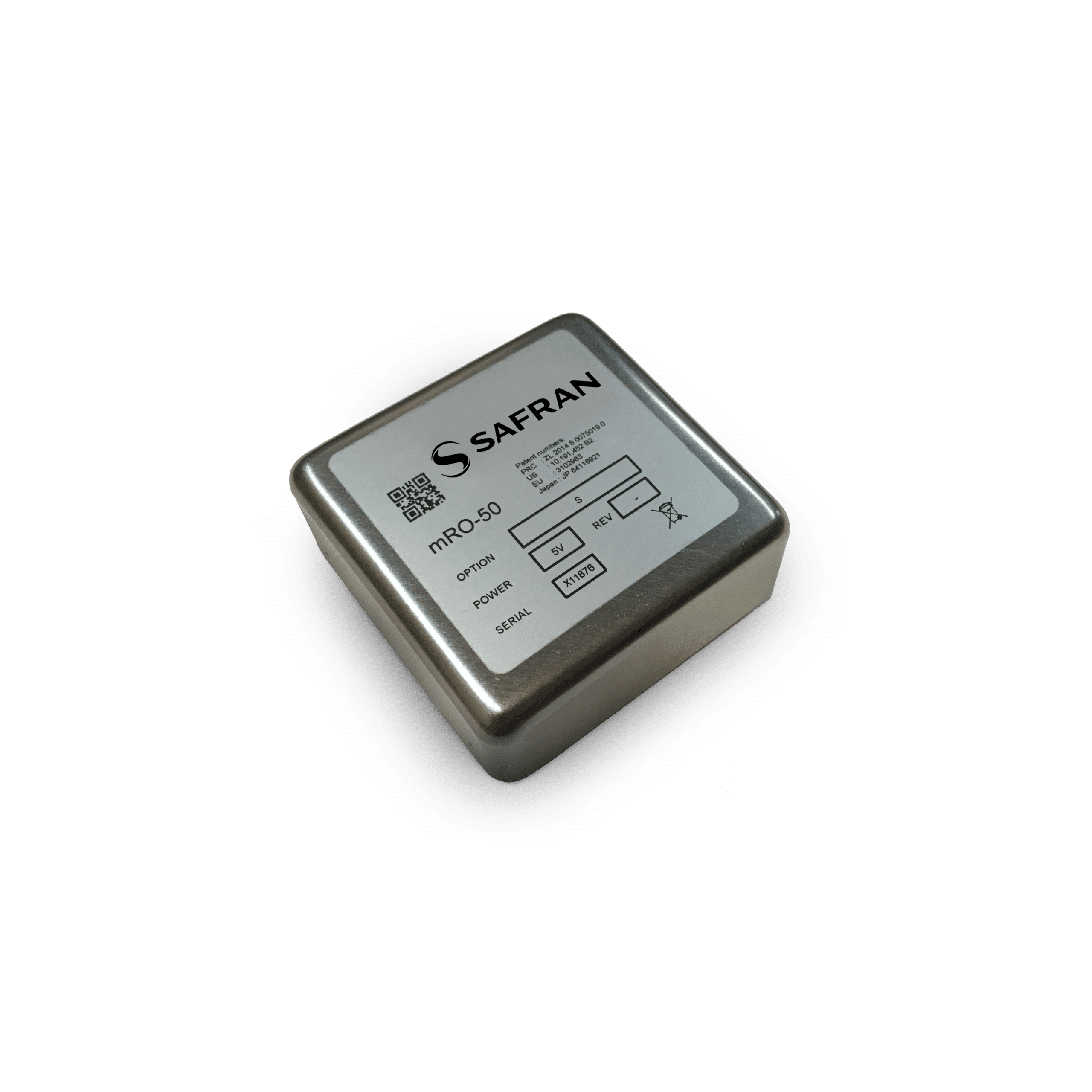
The mRO-50 is a Miniature, Low SWaP-C, ultra-portable high precision & performance Atomic Frequency Source

Safran is a world leader in rubidium atomic clocks and oscillators, maser, integrated GPSGlobal Positioning System is a navigation satellite system. See also/GNSS, and related testing instrument technologies that rely on accurate atomic time and the rubidium standard. Whether you need short or long term stability, our decades of experience designing and manufacturing products is trusted by companies ranging from global enterprises to space initiatives.
Know what you’re looking for? Click below: